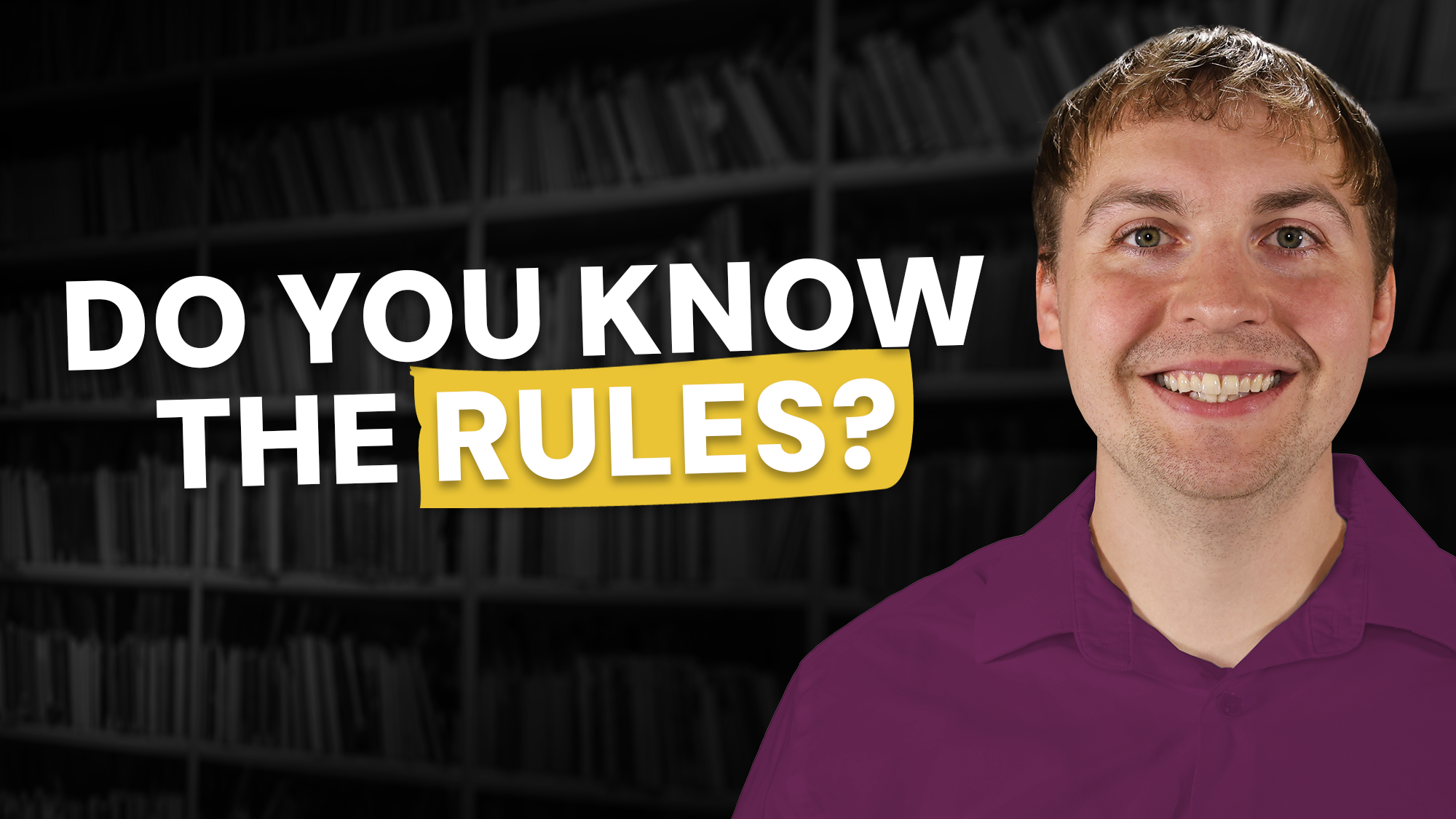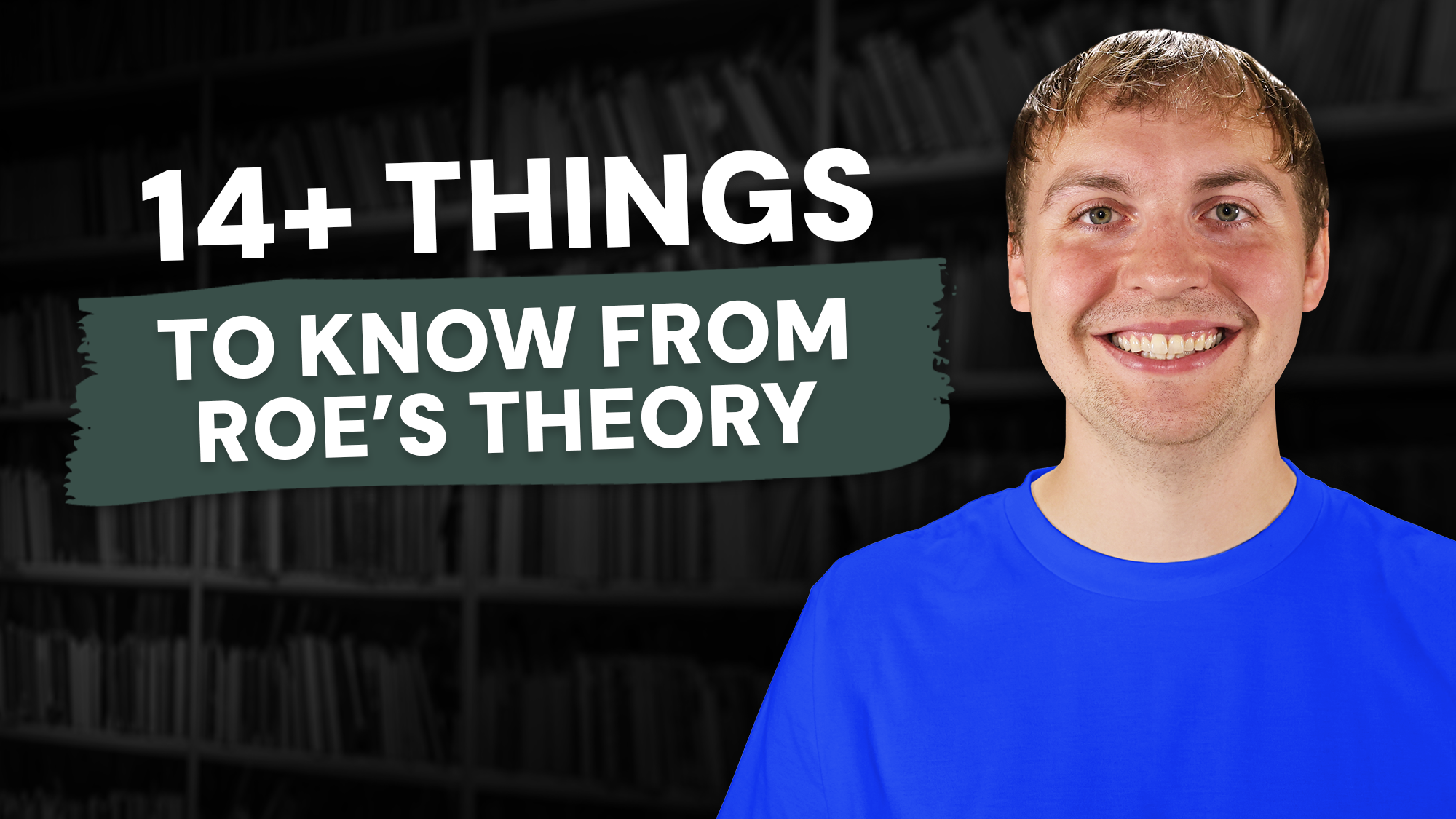
In the category of Human Growth and Development on the National Counselor Examination (NCE), the Counselor Preparation Comprehensive Examination (CPCE), or another counseling exam, you may benefit from knowing a bit about Vygotsky’s stages of language development.
This video will cover the three stages of his theory, when they occur, and other helpful information about these stages!
Stage 1 – Social Speech: Typically called social speech, you might hear this first stage referred to as external speech as well. This stage begins at birth and continues until around the age of three. At this point, speech is basic and the function of the speech is to communicate feeling, emotion, and (uncomplicated) thoughts. Therefore, at this stage, speech usually includes crying, laughing, and shouting.
Stage 2 – Private Speech: Usually referred to as private speech, you might also hear this stage called egocentric speech. This stage begins around three and will generally continue until around seven years old. During this stage, the person is starting to communicate to themselves more. As a result, talking to oneself is not uncommon during this stage. Additionally, even if nobody is listening, the person may talk things through as part of private speech. Often, this speech is helping guide and describe the behaviors of the child. Meaning, they might describe what they’re doing out loud, even if that’s just to themselves. For some, they consider this stage to be a transition from social speech (stage one) to the third stage, which is called inner speech.
Stage 3 – Inner Speech: This stage usually begins around seven years old and will continue beyond that. This stage is about communication happening internally. Therefore, “silent talk” (which is communication within the person) is becoming more common at this point. An example of this might be a person counting in their head. Because the person is gaining the ability to have language happen internally, they are now able to do things they may not have been able to do previously. An example of this might be talking to themselves to help manage their behavior rather than having to act on it or talk themselves down out loud.



If you or someone you know are needing immediate mental health assistance, please call or text 988, contact a local emergency telephone number, or go to the nearest emergency room.
By interacting with this website and channel, this does not constitute a therapist/client relationship. This content is intended for the purposes of entertainment and mental health education.
View additional disclaimers and notices on our Disclaimers page.